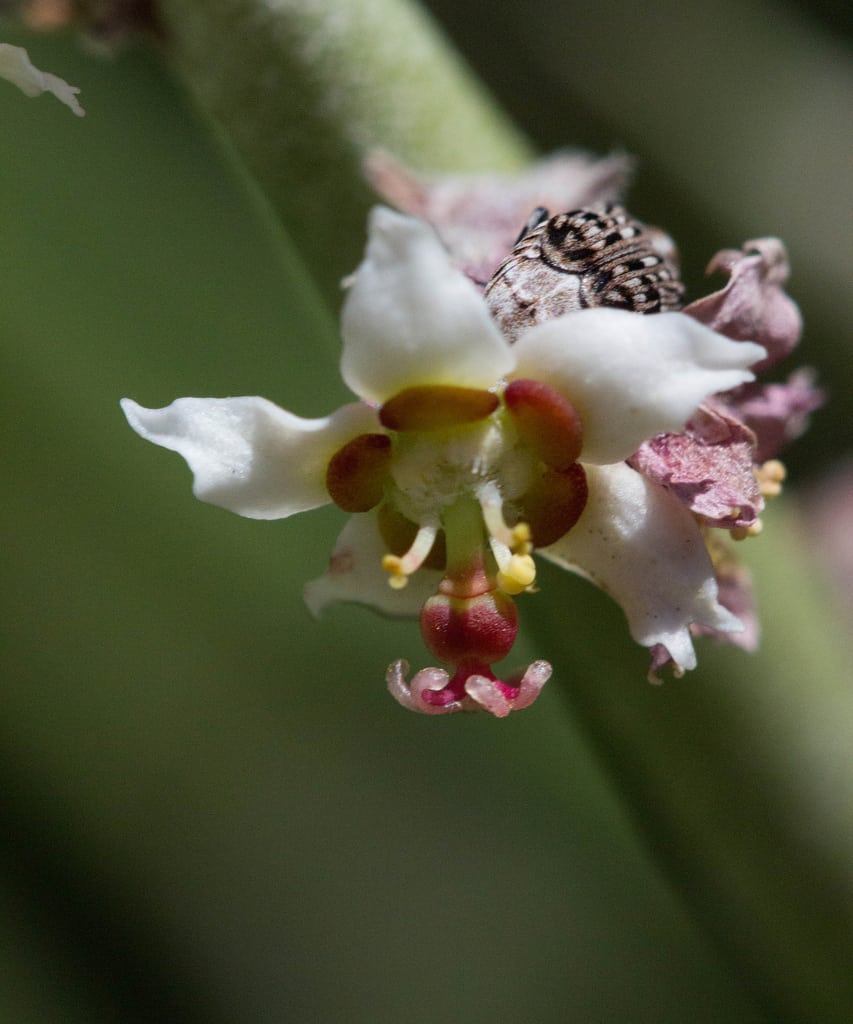What Is A Candelilla Plant – How To Grow A Wax Euphorbia Succulent


Candles create romantic drama but candelilla provides diminutive charm to the garden. What is a candelilla? It is a succulent plant in the Euphorbia family that is native to the Chihuahuan desert from west Texas south into Mexico. It is also called a wax euphorbia succulent due to its waxy stems. Read up on candelilla plant care so you can enjoy this adorable succulent.
What is a Candelilla?
Succulent lovers should definitely have a wax euphorbia succulent in their collection. According to wax euphorbia info, there are no serious pests or diseases associated with this plant and it has an ease of care which appeals to forgetful gardeners. Try growing a candelilla euphorbia (Euphorbia antisyphilitica) as a houseplant or outdoors in warmer regions. Candelilla means 'little candle' in Spanish and refers to the slender stems and waxy coating. The wax can be extracted by boiling and is used in candles, soap, waterproofing compounds, and even floor polish. The leaves are very tiny and fall quickly during the early growing season. The standouts are the pencil thin, grayish green stems that grow erect, 1 to 3 feet (31-91 cm.). Wax euphorbia succulent stems splay out in a carefree manner. Tiny white flowers with red centers form directly on the stems in spring and into early summer.
Additional Wax Euphorbia Info
In Texas, candelilla stems are harvested to make wax. The purpose of the wax is to slow evaporation so that plants can withstand harsh, arid landscapes. The plant's latex sap is slightly toxic and can lead to dermatitis discomfort. It is suggested that the compounds derived from the plant may have been an early treatment for syphilis. Wax euphorbia succulents grow wild on gravelly limestone hills and are very drought tolerant once established. The plants are suited for USDA zones 8 to 11 but perform well as indoor houseplants. Rockeries, sandy soils, and shallow succulent displays are ideal for growing a candelilla euphorbia.
Candelilla Plant Care
The wax euphorbia succulent can be grown in full sun to partial shade, although formation of the flowers may be sacrificed in low light situations. It is tolerant of temperatures down to 28 degrees F. (-2 C.) and dry conditions. In the garden, supplemental irrigation in spring and summer will encourage growth. Propagation of this euphorbia is by seed and division. Divide the plant every three to five years or when it is crowded in its container. In-ground plants will need well-draining, slightly gritty soil. Wax euphorbia can even tolerate slightly alkaline soils. This cute little evergreen makes a great addition to a succulent or desert landscape with no-fuss management.
Sign up for the Gardening Know How newsletter today and receive a free copy of our e-book "How to Grow Delicious Tomatoes".

Bonnie Grant is a professional landscaper with a Certification in Urban Gardening. She has been gardening and writing for 15 years. A former professional chef, she has a passion for edible landscaping.